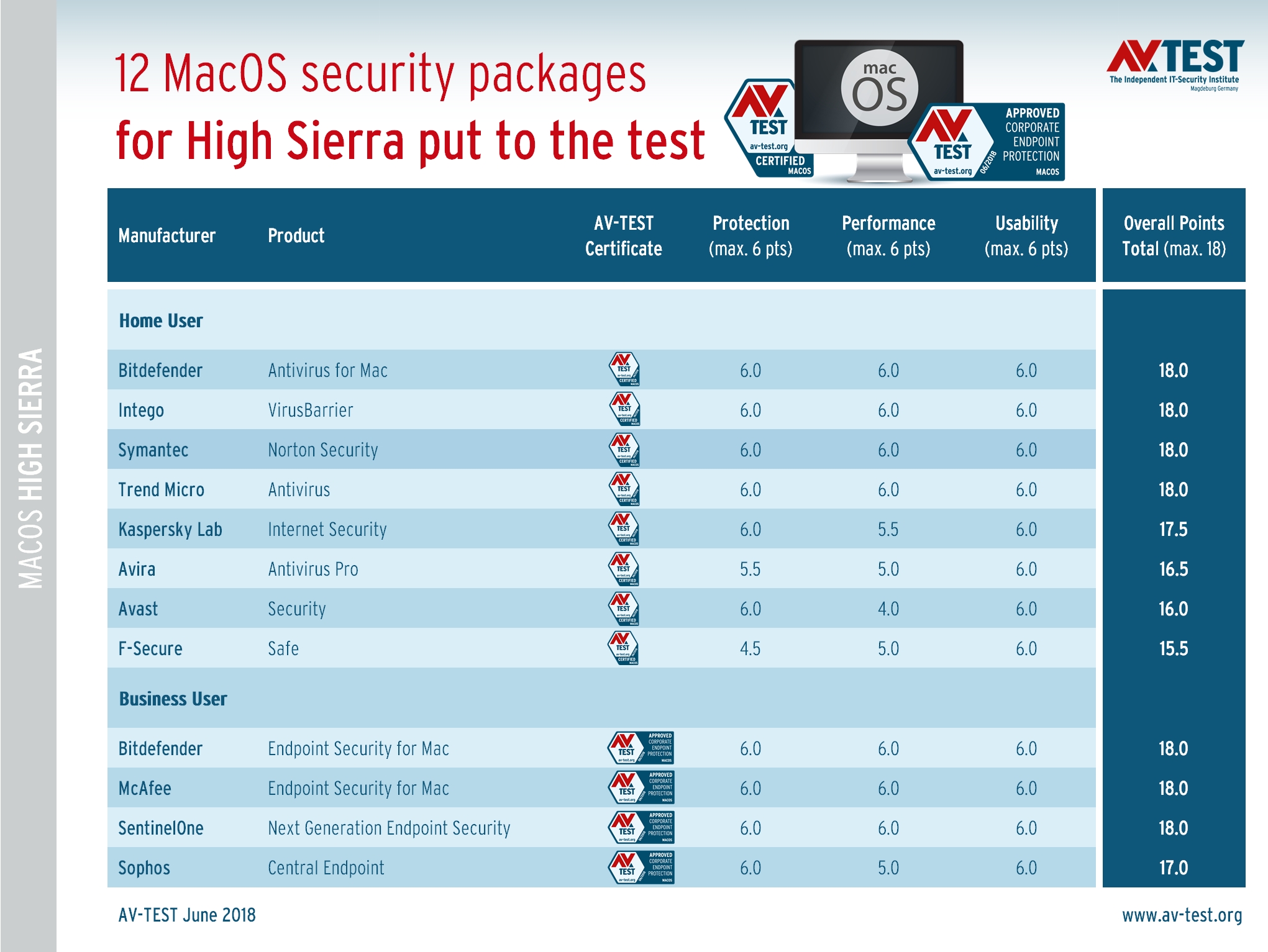Code Block’s functions can be expanded by using plug-ins. It has a fast, personalized construction system that doesn’t require makefiles and that allows you to carry out parallel constructions on systems with a multicore CPU.
The Code Blocks’ debugger supports the applying of breakpoints on the source code or on the data that the program operates, as well as the establishing of conditions and counters for said breakpoints. It is also possible to create defined inspections by the user. Another noteworthy characteristic are the customized memory dumps.
Finally, Code Blocks colors the open source syntax, includes “code folding” for C++ and XML languages, and has an interface with tabs, a class browser and a function to complete the source code.
The latter is especially prominent since the text editor allows creating and editing code blocks with ease. For these reasons, the newcomers to macOS are looking for Notepad equivalents, which will allow them to effectively handle code. The software market offers countless apps and code editors that are compatible with Apple devices.
I just installed a fresh installation of Sierra on my Hackintosh and couldn’t for the life of me get XAMPP to run properly! I got “Access Forbidden” on my localhost and vhosts.I figured I’d write a few notes for people that run into this issue running XAMPP on your Mac. Please comment below if you don’t agree with or see a flaw in my notes and I can test and update your feedback. This guide assumes you already know basics behind XAMPP/WAMP stacks and are stuck getting it running on OSX.
- Code::Blocks for Mac is a free C, C and Fortran IDE that has a custom build system and optional Make support. The application has been designed to be very extensible and fully configurable. Code::Blocks for Mac is an IDE packed full of all the features you will need. It has a consistent look, feel and operation across its supported platforms.
- Code Blocks is an excellent programming option for C. It consists of an open source, multiplatform integrated development environment that supports using multiple compilers, among which are: GCC (MingW / GNU GCC), MSVC, Digital Mars, Borland C 5.5 and Open Watcom. The default compiler that this Code Blocks package comes with is MinGW.
- Firebird 3 was released almost a year ago and it has already got two minor releases. But there is still no official packages for MacOS. So this post is about my humble attempt to build it on MacOs from source code. Most of the instructions are taken from Paul Beach’s Firebird Devel list post or from his blog.
Are they rebranding OSX to macOS? I digress…
Setting Up httpd.conf & httpd-vhosts.conf
1.) Open up XAMPP and click the tab Manage Servers. Highlight Apache and click Configure. Click Open Conf File. This will open your httpd.conf file.
2.) In httpd.conf find the follow line of code and change it daemon to your OS X username. User daemon

3.) In httpd.conf find the following line and uncomment it (by removing the #) #Include etc/extra/httpd-vhosts.conf

Save the file, don’t close TextEditor
4.) In TextEditor, goto File -> Open. You should start out in xamppfiles/etc. Click into the extra directory and then open httpd-vhosts.conf
5.) Remove the example code -or- comment all of it out.
6.) Use the following code to base your vhosts on, keep in mind I kept the default localhost example just to access the default htdocs location. https://gist.github.com/wykydtronik/8c9e3b701ac138b19a7d012a34d34c6c

Torrent For Mac Os Sierra
7.) Restart Apache services in XAMPP’s Manage Servers tab.
Solving Access Forbidden in XAMPP
This part is the one thing many would disagree with and I’m not 100% a way around this in macOS Sierra. Previously I’ve simply chmod 644 -R my working folders but I couldn’t for the life of me get around the forbidden error. If you know a better way around this please comment below.
1.) Open Terminal (Applications/Utilities/Terminal)
2.) cd to your directory and give execute read write permissions, example below $ sudo chmod -R +xrw wordpress/
If you’re new to this, the $ is just signifying the command line beginning and we’re not su. This should set execute/read/write permissions reclusively to all files and folders within our working directory. I haven’t tried it but you can also try chown but these directories are already owned by my user…
Setting Up Hosts File in OSX Sierra
If you’re not familiar with vhosts on a local XAMPP stack, the hosts file allows you to overwrite local DNS routing on your machine. In our scenario, we will one for our local wordpress environment.

1.) In terminal, simply use this command to open up the hosts file: $ sudo nano /private/etc/hosts

2.) At the bottom of the file add this to your hosts file: 127.0.0.1 wordpress.dev
This will now route traffic from http://wordpress.dev to your localhost. If your httpd.conf and httpd-vhosts.conf files are setup correctly, you can now access your local WordPress developer environment. Try to refresh http://localhost -or- for example http://wordpress.dev
High Sierra Os Mac
Are you having troubles with this article? Please feel free to leave a comment below or Tweet me at @eddihughes – I can go through the article and update any steps that may have changed.
